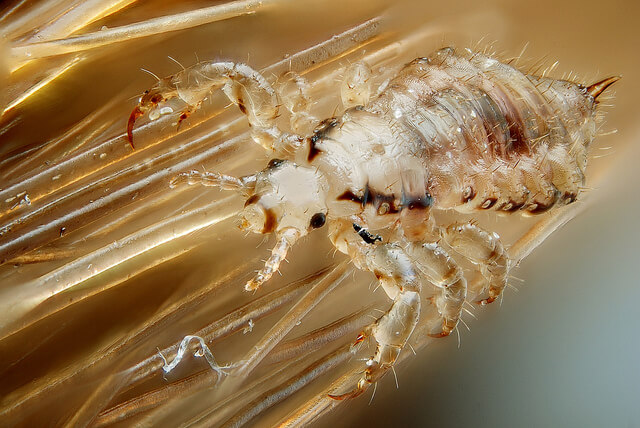Human evolution can be a controversial subject for many biology classrooms, so much so that many teachers just skip the chapter altogether. It’s fine to talk about moths, stickleback fish, and pocket mice, but when you get to humans, some students (and their parents) may become resistant.

Kids become bored learning all the names and time periods and really, that information isn’t that useful in a modern biology context. I much prefer to address human evolution in terms that are relevant to current biology and medicine.
During the cell unit, students are introduced to evolution when studying the lactase enzyme and how only some of the population can digest milk. This HHMI activity requires students to graph and analyze data from blood glucose tests.
During the cell unit, students are introduced to evolution when studying the lactase enzyme and how only some of the population can digest milk. This HHMI activity requires students to graph and analyze data from blood glucose tests.
As an extension of this activity, students read about the lactase-persistence gene and how it likely originated in pastoral groups of humans. (Article: The Milk Revolution )
At the end of the evolution unit, I return to human evolution by giving them a case study on how analyzing lice can give us insights into when humans began wearing clothes.
The case was modified from the NSF Case Study to include more details about human origins and vocabulary. The case study is in the form of a presentation on google slides where students read details and data and answer questions in small groups.
During the study, students learn about divergent evolution, coevolution, niches, morphotypes, and DNA evidence. There are a few references to names of human ancestors, but it is not the focus of this exercise. Students write answers on their open paper as the case progresses.
Google Slides: What Can Lice Tell Us About Evolution
Grade Level: 9-12
Time Required: 1.5 – 2 Hours
HS-LS4-1 Communicate scientific information that common ancestry and biological evolution are supported by multiple lines of empirical evidence
HS- LS4-2 Construct an explanation based on evidence that the process of evolution primarily results from four factors: (1) the potential for a species to increase in number, (2) the heritable genetic variation of individuals in a species due to mutation and sexual reproduction, (3) competition for limited resources, and (4) the proliferation of those organisms that are better able to survive and reproduce in the environment
HS-LS4-3 – Apply concepts of statistics and probability to support explanations that organisms with an advantageous heritable trait tend to increase in proportion to organisms lacking this trait.

